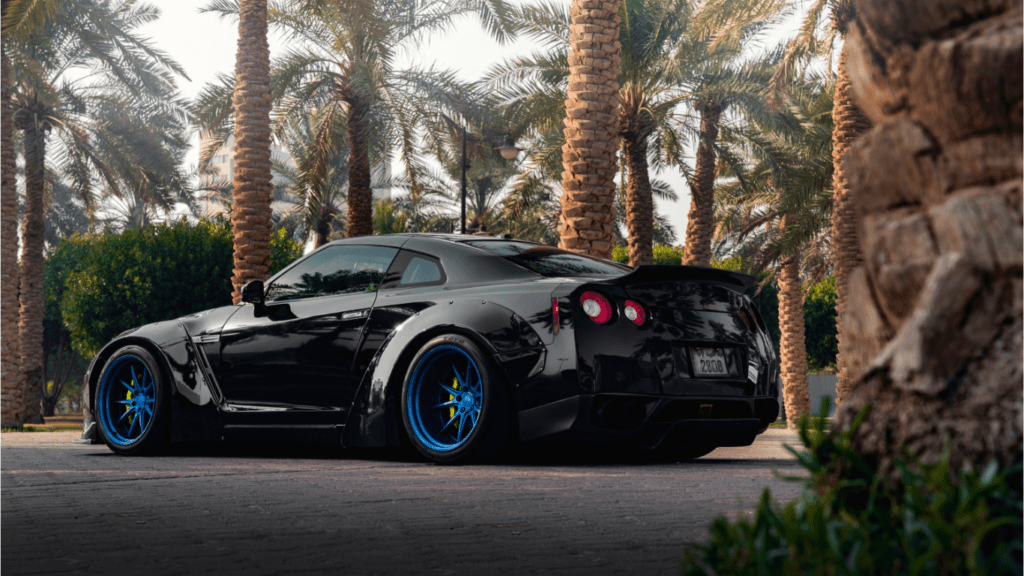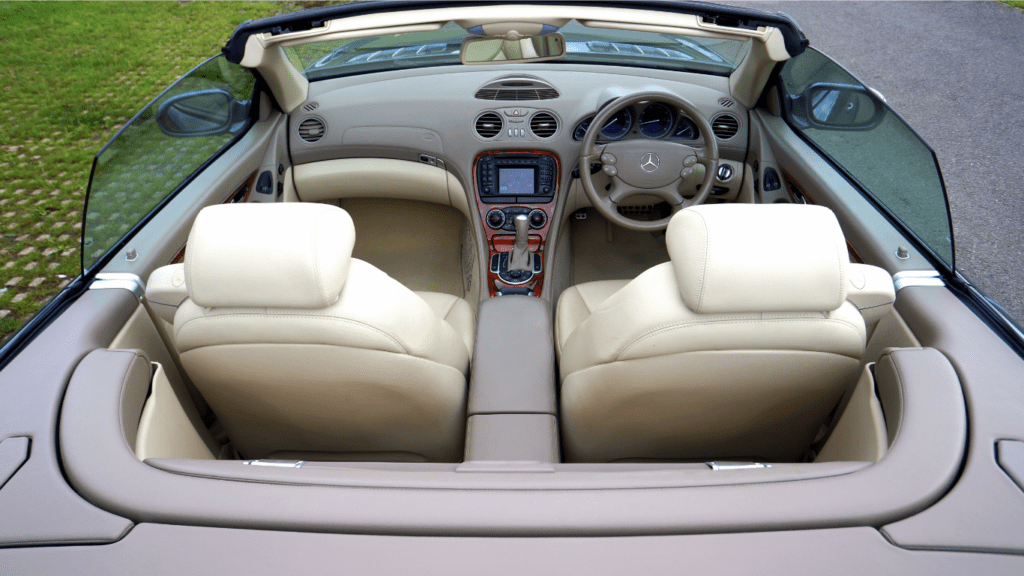Understanding Lease Agreements
Understanding a lease agreement is crucial when considering a luxury car. Lease agreements detail the terms, conditions, and obligations of both the lessee and the lessor. Key elements often include the lease term, monthly payments, mileage allowances, and stipulations on wear and tear. These factors significantly impact the overall experience and cost.
Lease Term and Monthly Payments
The lease term specifies the duration of the lease, typically ranging from 24 to 60 months. Monthly payments are often calculated based on the car’s depreciation, interest rate, and possible fees. Ensure the terms align with your usage and financial planning.
Mileage Allowances
Mileage allowances define the maximum number of miles you can drive annually without incurring extra fees. These limits usually range from 10,000 to 15,000 miles per year. Exceeding the allowance often results in charges per mile, which can add up significantly.
Maintenance Responsibilities
Maintenance responsibilities can vary widely in lease agreements. Some agreements cover routine maintenance, while others place the burden on the lessee. Always clarify which services are included to avoid unexpected costs.
Wear and Tear Clauses
Wear and tear clauses dictate acceptable conditions for returning the vehicle. Normal wear might be covered, but excessive damage or modifications might result in additional fees. Review these clauses to understand potential liabilities.
End-of-Lease Options
End-of-lease options typically include returning the car, buying it, or renewing the lease. Each option has different financial and contractual implications. Evaluate these choices to determine the best fit for your long-term plans.
Key Features of a Luxury Car Lease

Understanding the key features of a luxury car lease can help you avoid pitfalls and make an informed decision. Below are several critical elements you should consider when evaluating a potential lease.
Monthly Payments
Monthly payments are a primary concern in any lease agreement. Luxury car leases often involve higher payments due to the vehicle’s depreciation. Depreciation cost and interest rates determine the monthly amount you owe. In high-end models, maintenance coverage or incentives can impact this figure. Reviewing the total cost across the lease term provides a clear financial picture.
Lease Term
The lease term defines how long you’ll have the car under the lease agreement. Terms typically range between 24-60 months. Shorter terms might offer less commitment, while longer terms can lower monthly payments. Analyzing how often you prefer a new vehicle and your driving needs helps select an appropriate term.
Mileage Limits
Mileage limits set the cap on how many miles you can drive annually without incurring extra charges. Common limits for luxury car leases range from 10,000 to 15,000 miles per year. Exceeding these limits results in costly per-mile fees. Assessing your yearly driving habits before finalizing the lease can prevent unexpected expenses.
Important Clauses to Consider
Read the lease agreement thoroughly. Focus on the key clauses regarding maintenance, early termination, and end-of-lease options.
Maintenance and Repairs
Luxury car leases often include maintenance clauses. These specify who’s responsible for upkeep. Verify if the lease covers routine services like:
- oil changes
- tire rotations
- inspections
Some leases offer complimentary services, reducing out-of-pocket expenses. If the lessee is responsible, understand the standard procedures and approved service providers to maintain the vehicle’s warranty. Checking these conditions helps avoid unforeseen costs.
Early Termination
Early termination clauses outline the consequences of ending a lease prematurely. Review these terms carefully. Lessees might face penalties such as paying the remaining monthly payments or a termination fee. If relocation or change of circumstances might necessitate an early exit, choose a lease with flexible or lower-cost termination options. Knowing these terms mitigates financial risk.
End of Lease Options
- Understand end-of-lease options before signing.
- Common choices include returning the car, buying it, or renewing the lease.
- Returning the car involves inspection for wear and tear, with potential fees for excessive damage.
- Purchasing the vehicle means paying its residual value, often an attractive option if the car is in good condition and meets your needs.
- Renewing the lease might be viable if the vehicle suits your long-term preferences.
- Awareness of these options aids in planning for post-lease decisions, providing financial clarity and flexibility.
Hidden Fees and Charges
Luxury car leases often come with hidden fees that can impact the overall cost. Understanding these charges is crucial for making an informed decision.
Excess Mileage Fees
Going over the mileage limit costs money. Luxury leases typically allow 10,000 to 15,000 miles per year. If someone drives more, they usually pay between $0.15 and $0.30 per mile. For instance, exceeding by 5,000 miles can add $750 to $1,500 to the lease cost.
Wear and Tear Fees
Normal wear and tear may result in fees. Lease agreements list specific conditions considered normal for a car’s return. Exceeding these conditions often incurs charges. For example, excessive scratches, dents, or interior damage can lead to costs ranging from $100 to $1,000 or more. Inspect the vehicle before returning it to avoid surprises.
Comparing Lease Offers
When comparing lease offers for luxury cars, it’s crucial to evaluate all available options. This ensures that you choose the best deal that meets your needs and financial situation.
Dealer vs. Third-party Leasing
Lease agreements can come from either car dealers or third-party leasing companies. Dealer leases often include manufacturer incentives, which can lower monthly payments, making them more attractive. For instance, a dealer might offer a lower interest rate or additional maintenance coverage.
Third-party leasing companies provide a wider range of vehicle options, including brands not sold by local dealers. This flexibility can be beneficial if you’re looking for specific features or models. However, third-party leases may come with higher interest rates due to less favorable terms.
Promotional Offers
Dealers frequently advertise promotional offers to attract customers. These can include reduced down payments, subsidized interest rates, or even complimentary services like maintenance or upgrades. For example, a dealer might offer a zero-down lease for select models during a limited-time promotion.
It’s important to understand the specifics of these promotions. Some offers might appear advantageous but could include conditions like mileage limits or short-term agreements that might not align with your driving needs. Always read the fine print to gauge the true value of the promotion.



 Luxury Lifestyle & Partnerships Manager
Luxury Lifestyle & Partnerships Manager
